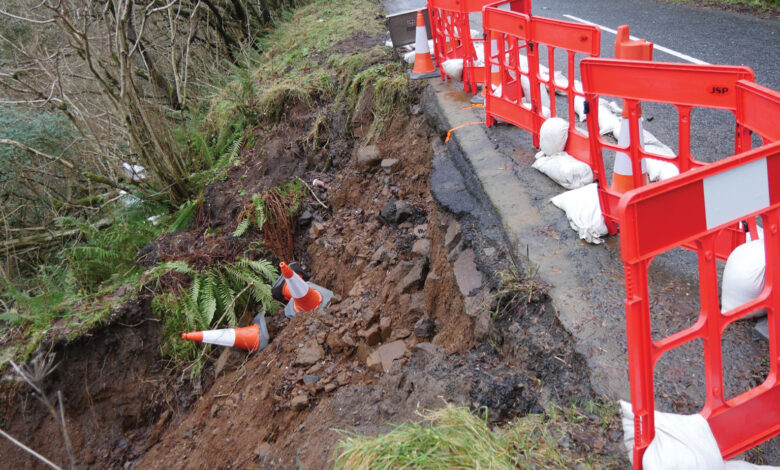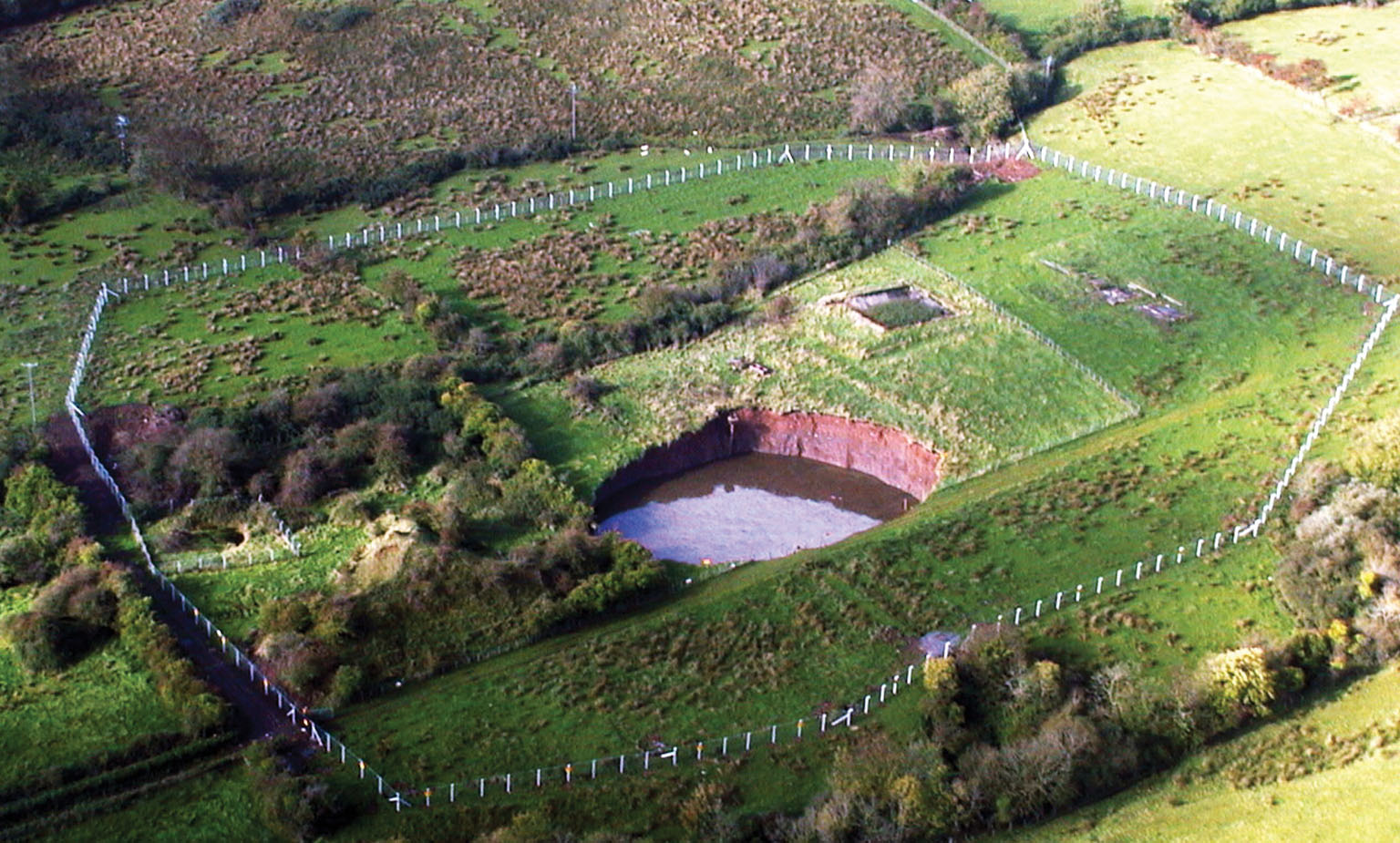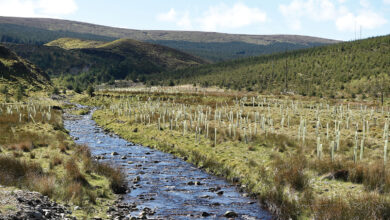Building on solid ground: Why geohazards must inform Northern Ireland’s infrastructure planning

Our built infrastructure is facing pressures like never before, from population growth and the resulting demand for housing, energy, water, communications, transportation, and civic spaces.
Combine those with the increasing impacts of climate change and ageing infrastructure, and there has never been a more important time to properly consider the role of the underlying ground conditions when planning new infrastructure projects.
‘Ground conditions’ refers to the characteristics of the underlying geology and should be an important consideration for any construction project. Key factors that should be explored include strength or bearing capacity, settlement or compressibility, and the presence of anthropogenic and natural voids beneath the surface. Whilst ground conditions encompass the physical properties of the underlying geology, when they cause damage, loss of life or disruption to human activities, they are known as ‘geohazards’. Events such as landslides, subsidence, and sinkholes are common examples of shallow geohazards, and all pose a risk to infrastructure.
“When planning new infrastructure projects, it is critical that ground conditions and the potential for geohazards are fully considered.”
Shallow hazards can lead to unexpected and rapid ground failure that endanger both people and structures and often damage to roads, buildings and utilities. Examples of this have been well documented in the media in Northern Ireland:
- In the early 2000s, a luxury apartment development in Enniskillen developed major structural problems due to subsidence and was subsequently demolished.
- Subsidence caused major problems for a supermarket car park in Downpatrick when it began to sink, requiring major investment for remediation work.
- The A2 Antrim Coast Road is persistently impacted by subsidence, coastal erosion, and landslides, often leading to lengthy closures and costly repairs.
- Over the past decade, several road closures on main arterial roads in Belfast occurred due to subsidence caused by voids.
- Glenshesk Road, near Ballycastle was impacted by two landslides in 2024, resulting in major disruption to residents and costly repairs.
Lack of consideration of ground conditions can be expensive. Several studies on a range of infrastructure projects suggest that ground failure and unforeseen ground conditions are on average responsible for cost overruns of 10 per cent, although it is much higher in some instances. In 2021, the British Geological Survey estimated that the cost of mitigation of subsidence for Great Britain from shallow geohazards alone is upwards of £1 billion and is expected to increase significantly over the next 30 years due to climate change. There has been limited research into such impacts in Northern Ireland but given the potential risk to the economy, environment, and society it is a serious issue that could have significant negative implications.

Climate change is expected to exacerbate ground failure and the occurrence of shallow geohazards due to the projected increased frequency and intensity of extreme weather events. This includes rockfall and landslides at several locations including on the Belfast to Londonderry trainline, at numerous locations along the Antrim Coast Road, in the Glens of Antrim and in parts of Co. Down. In all cases, the events occurred after periods of heavy rainfall, particularly during storm events, and in some instances were exacerbated by coastal erosion.
There is currently limited requirement to consider ground conditions or geohazards as part of developments in Northern Ireland but this should be carried out as part of any site investigation if due diligence is observed. ‘Landslips’ and coastal erosion are considered in the Strategic Planning Policy (SPPS) as well as ‘areas of risk’ within Local Development Plans but there are many more ground condition risks. In addition, there is rarely any significance placed on the increased risk of geohazards due to climate change. Northern Ireland’s geological complexity requires that ground conditions are carefully considered at a site-specific level. Only then will it be possible to ensure resilience and prevent failures.
Data and knowledge are key for minimising the impact of unforeseen ground conditions. The Geological Survey of Northern Ireland (GSNI), as the national geological survey organisation, plays a role in providing that data and knowledge as part of the development management process. Whilst not a statutory requirement, failure to consider ground conditions can be costly and poses a risk to public safety.
GSNI holds datasets that assist the identification and characterisation of geohazards. These include mass movement, structure, compressible ground, and the underlying geological information. In 2024, an updated Belfast engineering geology map was released and in 2025 a new updated abandoned mines database will be made available online. To assist planning, GSNI has developed screening tools and guidance for developing in areas of abandoned mines and guidance on peat slide risk assessments. GSNI is in the process of developing a peat slide susceptibility map and working towards regional landslide susceptibility mapping and datasets to support coastal vulnerability assessment.
When planning new infrastructure projects, it is critical that ground conditions and the potential for geohazards are fully considered. Once identified, they can be eliminated or mitigated at the outset significantly reducing the financial burden and enabling better decision making. Infrastructure decisions made today will shape our future society so it is important to get them right at the outset.
Kirstin Lemon, Kieran Parker and Mark Patton are part of the Planning Team at the Geological Survey of Northern Ireland, an office of the Department for the Economy and staffed by scientists from the British Geological Survey.






